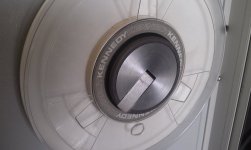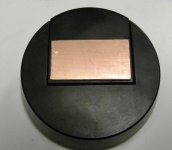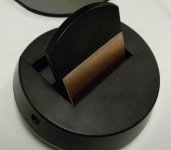Chuck(G)
25k Member
I have a rather simple part about 1" thick and 2" in diameter that's glass-filled ABS. It's going to brittle-land.
I'd like to reproduce it in metal. I can probably do this in my shop from bits of brass stock, but I'm wondering if anyone has the facilities to duplicate the part in zinc/pot metal, or better, brass.
Please don't suggest 3D printing--this part takes a considerable amount of force and needs to be rigid and dimensionally stable.
Thanks for reading...
I'd like to reproduce it in metal. I can probably do this in my shop from bits of brass stock, but I'm wondering if anyone has the facilities to duplicate the part in zinc/pot metal, or better, brass.
Please don't suggest 3D printing--this part takes a considerable amount of force and needs to be rigid and dimensionally stable.
Thanks for reading...





